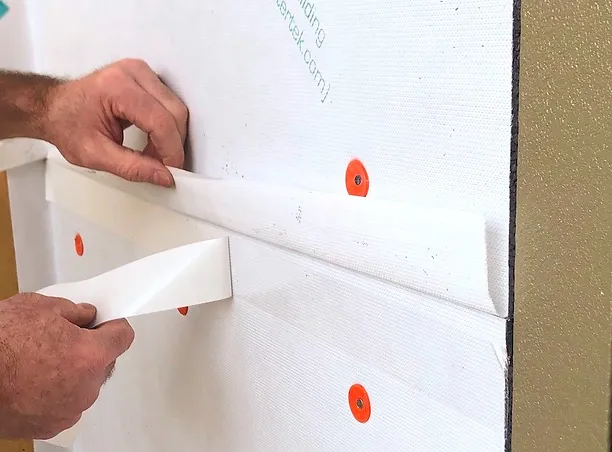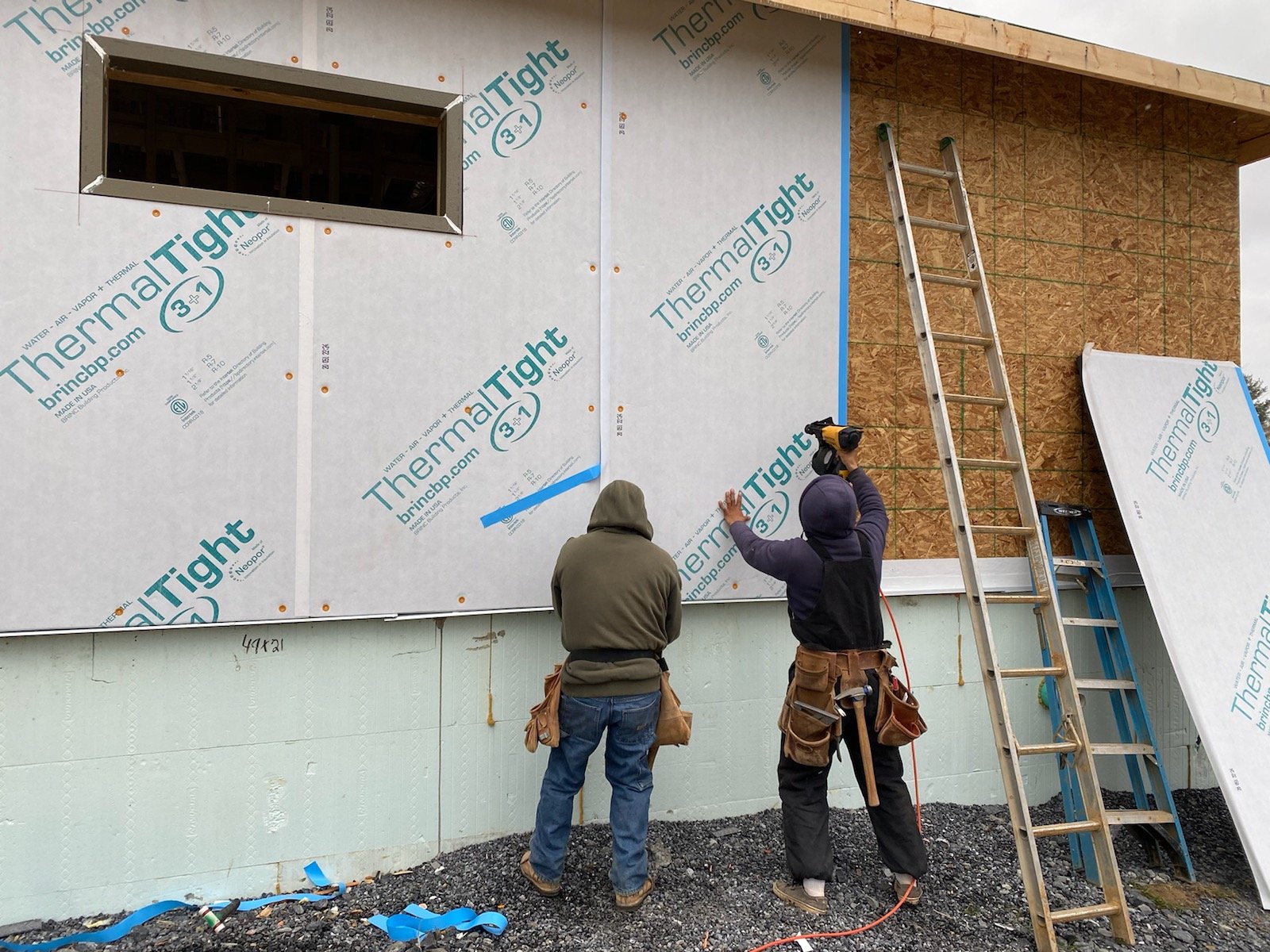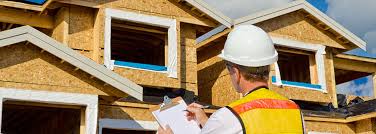The Benefits of High-Performance Insulation Systems for Green Buildings

Green buildings are becoming increasingly popular as more and more people are becoming aware of the importance of sustainability and energy efficiency. High-performance insulation systems play a crucial role in making green buildings more energy-efficient and environmentally friendly. In this blog post, we will discuss the benefits of high-performance insulation systems for green buildings.
1. Energy Efficiency
One of the main benefits of high-performance insulation systems is that they significantly improve the energy efficiency of buildings. Insulation helps to reduce the amount of energy needed to heat and cool a building by preventing heat transfer through the building envelope. With high-performance insulation systems, the building envelope is sealed tightly, reducing air infiltration and improving overall energy efficiency. This, in turn, reduces the building's carbon footprint and helps to save energy and reduce costs.
2. Increased Comfort
High-performance insulation systems also help to increase the comfort of the building's occupants. By preventing heat transfer through the building envelope, insulation helps to maintain a more consistent indoor temperature. This means that the building is less likely to experience drafts, cold spots, or hot spots. In addition, high-performance insulation systems can also help to reduce noise levels from outside the building, providing a more peaceful and comfortable indoor environment.
3. Durability
High-performance insulation systems are typically more durable than traditional insulation materials. They are designed to withstand extreme temperatures, moisture, and other environmental factors, which can help to extend the life of the building envelope. This can result in lower maintenance and repair costs over time, which can be a significant benefit for building owners and managers.
4. Improved Indoor Air Quality
High-performance insulation systems can also help to improve indoor air quality by reducing the infiltration of outdoor pollutants, such as dust, pollen, and allergens. Additionally, some high-performance insulation systems are made from natural or recycled materials, which can help to improve indoor air quality and reduce the use of harmful chemicals.
5. Sustainability
High-performance insulation systems are an important component of green building design and construction. They can help to reduce the carbon footprint of buildings and contribute to a more sustainable built environment. Additionally, many high-performance insulation systems are made from recycled or renewable materials, which can help to reduce the use of virgin materials and minimize waste.
6. Cost Savings
While high-performance insulation systems may have a higher upfront cost than traditional insulation materials, they can provide significant cost savings over time. By improving energy efficiency and reducing maintenance and repair costs, high-performance insulation systems can help to reduce overall operating costs for buildings. Additionally, some high-performance insulation systems may be eligible for tax credits or other incentives, which can help to offset the initial investment.
High-performance insulation systems are a crucial component of green building design and construction. They provide numerous benefits, including improved energy efficiency, increased comfort, durability, improved indoor air quality, sustainability, and cost savings. By using high-performance insulation systems, building owners and managers can create more sustainable, energy-efficient, and comfortable buildings that benefit both the environment and the occupants.



